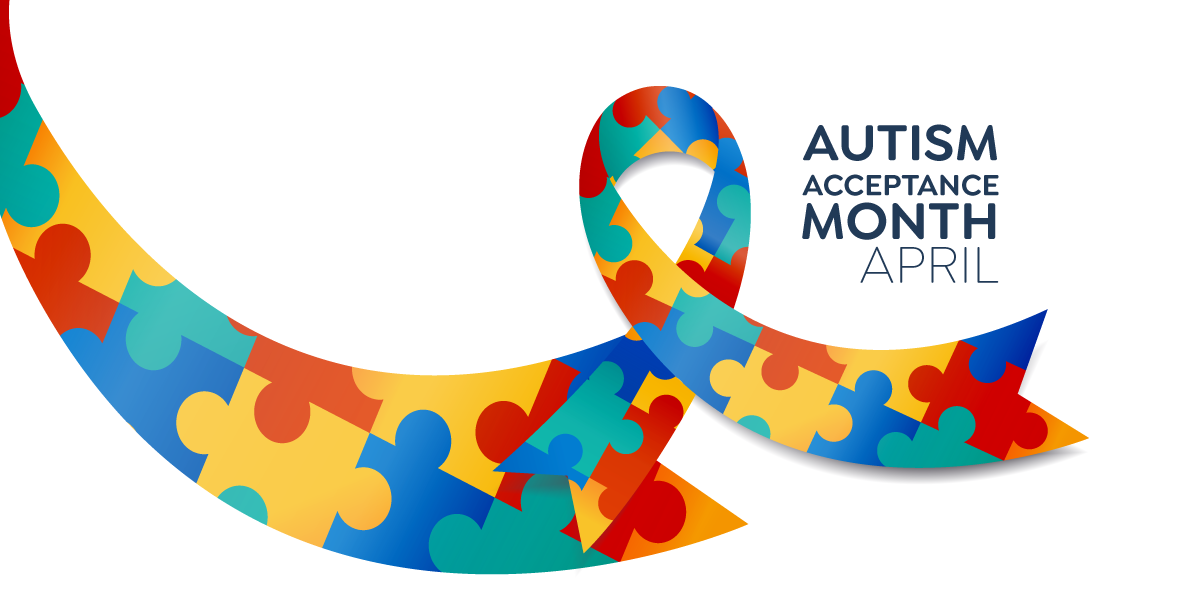Autism Acceptance Month, recognized each April, was established to move beyond mere awareness and toward a deeper understanding and celebration of the diverse experiences, talents, and contributions of Autistic people. Historically, Autistic individuals—especially women and people of color—have seen their accomplishments overlooked or undervalued, with their perspectives often dismissed. As society grows more inclusive, it is essential to highlight the rich history and present contributions of Autistic voices in literature, science, art, and advocacy.
One way to do this is by sharing books written by Autistic authors that offer firsthand insights into their lived experiences. The selected books below provide powerful narratives that foster empathy, challenge stereotypes, and invite meaningful discussions.
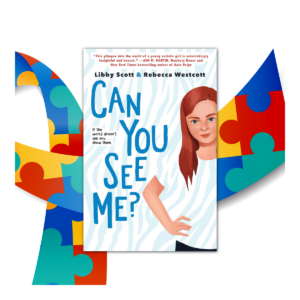 Can You See Me? by Libby Scott & Rebecca Westcott
Can You See Me? by Libby Scott & Rebecca Westcott
This middle-grade novel follows Tally, an 11-year-old girl navigating the complexities of starting secondary school as an Autistic person. The story, based on Libby Scott’s real-life experiences, captures the challenges of masking, friendship struggles, and the importance of self-acceptance. This young author initially gained recognition through a viral blog post describing her experiences with autism. She co-authored this book with Rebecca Westcott to bring an authentic Autistic perspective to young readers.
Understanding the Autistic Experience: Tally’s journey provides insight into the emotional and social challenges Autistic children often face, including the pressure to conform to neurotypical expectations. The book also highlights the importance of supportive allies.
Classroom Activities: Students can compare Tally’s experiences with historical accounts of how autism has been understood over time. A geography project could explore global perceptions of autism and accessibility rights in different countries.
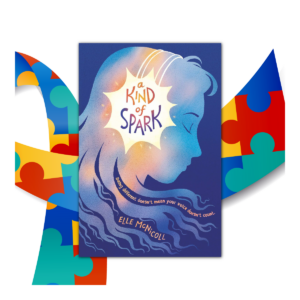 A Kind of Spark by Elle McNicoll
A Kind of Spark by Elle McNicoll
Addie, an Autistic girl, campaigns for a memorial in her Scottish town to honor women who were accused of witchcraft, recognizing the parallels between historical persecution and modern-day misunderstandings of neurodiversity. Elle McNicoll, a Scottish Autistic writer, is an advocate for neurodiverse representation in publishing. Her work reflects her commitment to writing authentic Autistic protagonists.
Understanding the Autistic Experience: This book challenges the misconception that autism is solely a modern concept. It explores historical injustices and encourages readers to recognize how marginalized groups—including neurodivergent individuals—have been silenced.
Classroom Activities: Students can research historical witch trials and discuss how society has treated those who were seen as “different.” A sociology project could explore bias and inclusion efforts in schools today.
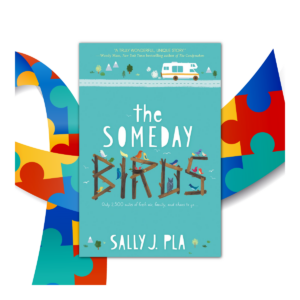 The Someday Birds by Sally J. Pla
The Someday Birds by Sally J. Pla
This novel follows Charlie, a bird-loving boy who embarks on a cross-country journey with his siblings to find their injured father. Along the way, Charlie learns about himself, his family, and the beauty of the world around him. Sally J. Pla is an Autistic author who uses her experiences to craft deeply personal, neurodiverse characters. Her stories emphasize self-discovery and personal growth.
Understanding the Autistic Experience: Charlie’s love of birds mirrors the special interests that many Autistic individuals have. The novel highlights the importance of routines, sensory sensitivity, and the need for safe spaces.
Classroom Activities: Students can map Charlie’s journey and explore the geographical locations he visits. A history lesson could discuss famous Autistic figures and their contributions.
 Me and Sam-Sam Handle the Apocalypse by Susan Vaught
Me and Sam-Sam Handle the Apocalypse by Susan Vaught
Jesse, an Autistic girl, and her dog Sam-Sam get caught up in a mystery when her dad is accused of theft. As she works to clear his name, Jesse learns to embrace her unique strengths. Susan Vaught, an Autistic author and neuropsychologist, writes compelling stories that authentically represent neurodiverse characters.
Understanding the Autistic Experience: Jesse’s story highlights the resilience and resourcefulness of Autistic individuals, emphasizing the importance of self-advocacy and embracing differences.
Classroom Activities: Students can research the history of autism diagnoses and societal attitudes toward neurodiversity. A geography project could explore famous detective stories from around the world.
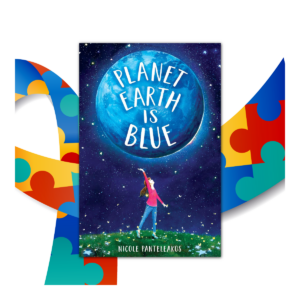 Planet Earth Is Blue by Nicole Panteleakos
Planet Earth Is Blue by Nicole Panteleakos
Nova, a nonverbal Autistic girl, finds solace in space exploration while waiting for her missing sister’s return. Set during the Challenger shuttle launch, this emotional novel captures Nova’s journey of communication and self-expression. Nicole Panteleakos, an Autistic writer, draws from her personal experiences to craft an authentic portrayal of a nonverbal protagonist.
Understanding the Autistic Experience: The novel challenges assumptions about nonverbal individuals, emphasizing their intelligence and rich inner lives. Nova’s fascination with space offers insight into the deep interests Autistic people often develop.
Classroom Activities: Students can study space exploration history, comparing Nova’s experiences to real-life Autistic scientists. A sociology lesson could explore communication methods used by nonverbal individuals.
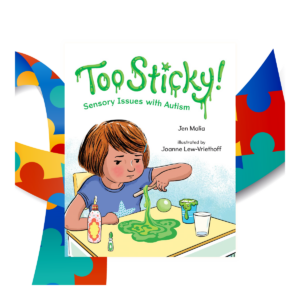 Too Sticky! Sensory Issues with Autism by Jen Malia
Too Sticky! Sensory Issues with Autism by Jen Malia
Holly, a young Autistic girl, worries about participating in a slime experiment at school due to her sensory sensitivities. Through encouragement from her family and teacher, she navigates the challenge and gains confidence. Jen Malia, an Autistic professor and advocate, writes about sensory experiences from a deeply personal perspective.
Understanding the Autistic Experience: This picture book introduces young readers to sensory sensitivities, helping them develop empathy for classmates who experience the world differently.
Classroom Activities: Students can discuss their own sensory preferences and how different environments affect learning. A science project could involve experimenting with different textures and documenting sensory responses.
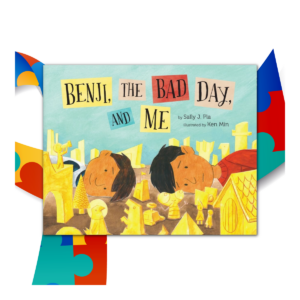 Benji, the Bad Day, and Me by Sally J. Pla
Benji, the Bad Day, and Me by Sally J. Pla
Sam, a neurotypical boy, struggles after a rough day but finds comfort in his Autistic younger brother, Benji, who understands emotions in his own way. The book highlights the bond between siblings and the power of nonverbal communication. Sally J. Pla, an Autistic author, writes stories that reflect the diverse ways Autistic individuals experience and express emotions.
Understanding the Autistic Experience: This book provides a heartfelt look at sibling relationships and how families can support each other despite communication differences.
Classroom Activities: Students can explore different ways people communicate emotions. A history lesson could examine famous Autistic figures who have made significant contributions to society.
A New Goal: The Year-Round Celebration of Autistic Voices
These books are more than just stories—they are windows into, and for some students, mirrors reflecting, the lives of Autistic individuals, written by those who truly understand what it means to navigate the world with a different perspective. By incorporating these books into classrooms, educators can foster empathy, challenge outdated stereotypes, and create an inclusive learning environment that celebrates neurodiversity.
Autism Acceptance Month is an important time to recognize and honor Autistic voices, but our commitment to understanding and valuing neurodiversity should not end in April. Let’s make the effort to uplift Autistic individuals, past and present, in literature, history, and daily classroom discussions.


